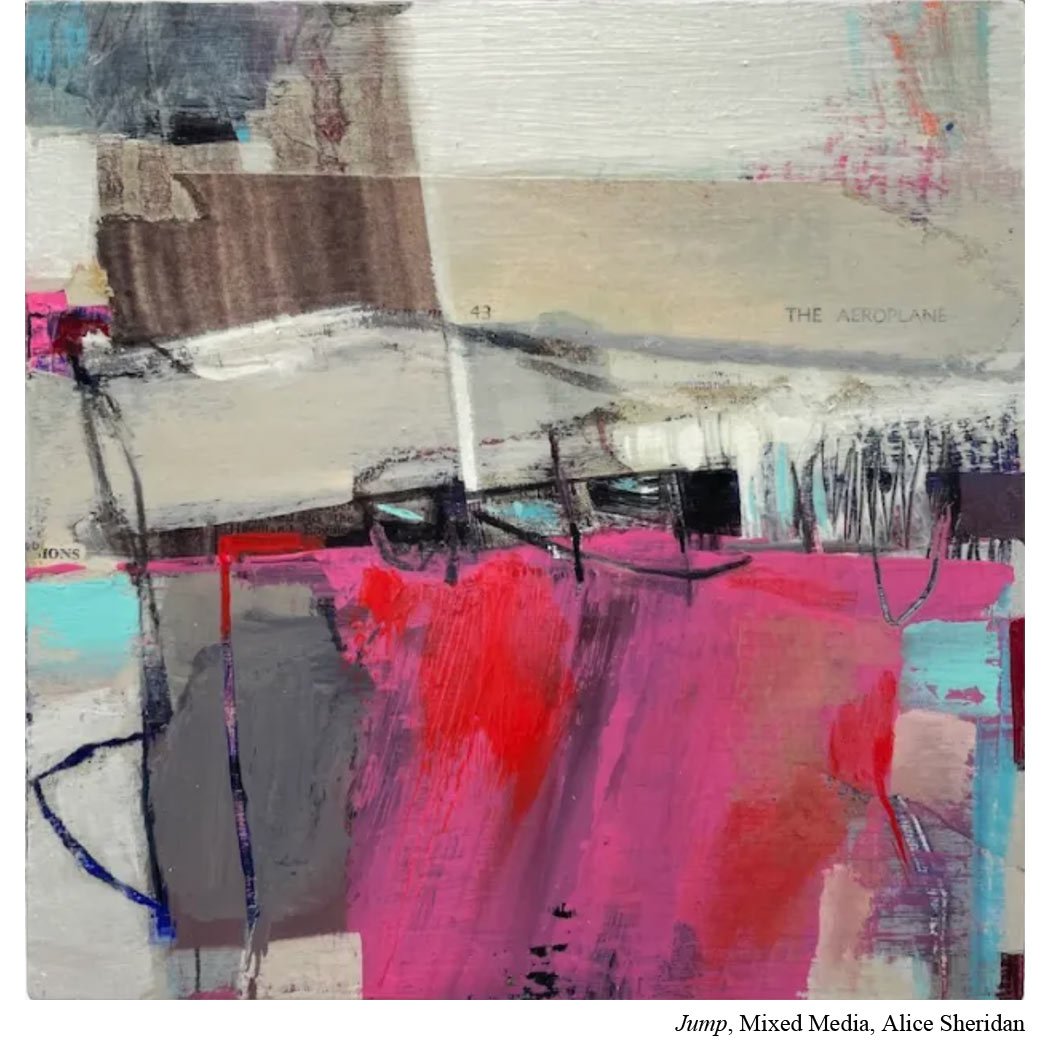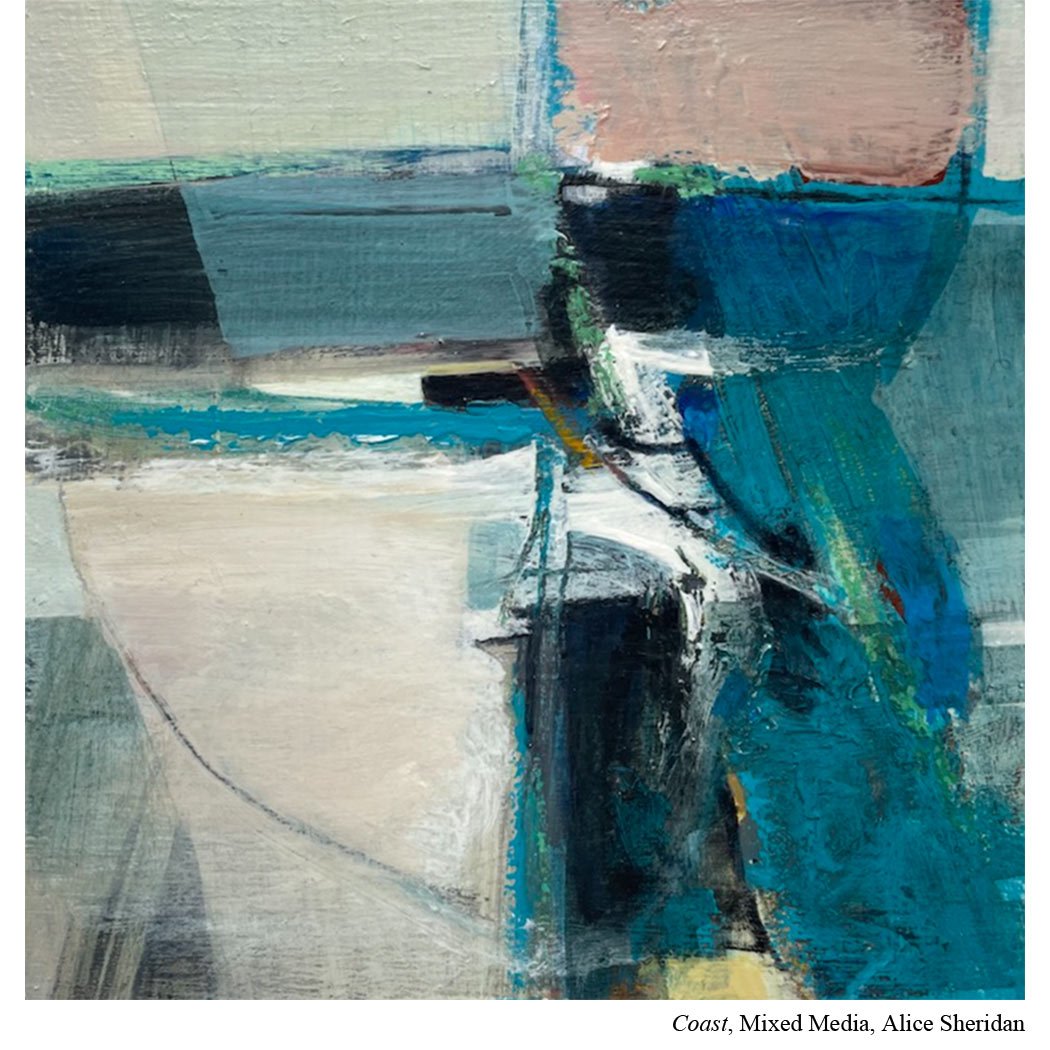How to Master a Medium Change
Alice Sheridan (Ep.70) had formal art training. She was an experienced oil painter.
And yet, when she switched from oil to acrylic, it took her three years to feel confident again.
Here’s why.
When you change mediums, it’s easy to think you’re just swapping paint types—an easy one-to-one switch.
But it’s not.
Changing your paint changes everything.
When you change paint types, it’s tempting to think it’s a simple swap—just a new medium, same painter.
But the truth? It’s an exponential change.
Change one thing, and everything else shifts with it.
Switching paints doesn’t just alter what’s on your palette—it reshapes how you think, how you mix, how you move.
Suddenly, you don’t know how light or dark something will dry. Your color-mixing instincts no longer match what you see.
Drying time changes, so the rhythm of your palette—the pace of your decisions—no longer fits.
The paint’s viscosity shifts too, which means your muscle memory—how much paint you scoop, how much pressure you use, how your brush feels against the surface—is all gone.
Every stroke feels different. Every mark surprises you.
And that’s just the stuff you already knew how to do. Add in the things you’re still learning, and suddenly three years starts to sound pretty quick.
Put it to Practice:
To help yourself through the transition, simplify wherever you can.
Start with fewer colors. Three primaries and a white, maybe. The fewer variables you juggle, the faster you’ll rebuild your instincts.
The real secret to mastering a medium change? Patience.
Whether you’re brand new to painting or switching from one medium to another, your brain and your hands need time to catch up to each other.
Some things will click right away. Others will take a while.
So instead of beating yourself up for not being where you thought you “should” be, notice what’s happening. Where are you getting tripped up? What’s feeling strange or unpredictable? That’s where your learning is happening.
Celebrate those tiny wins. They’re signs of real progress.
Bit by bit, your new medium will start to make sense.
And before you know it, you’ll feel at home again with a whole new set of tools at your fingertips.



